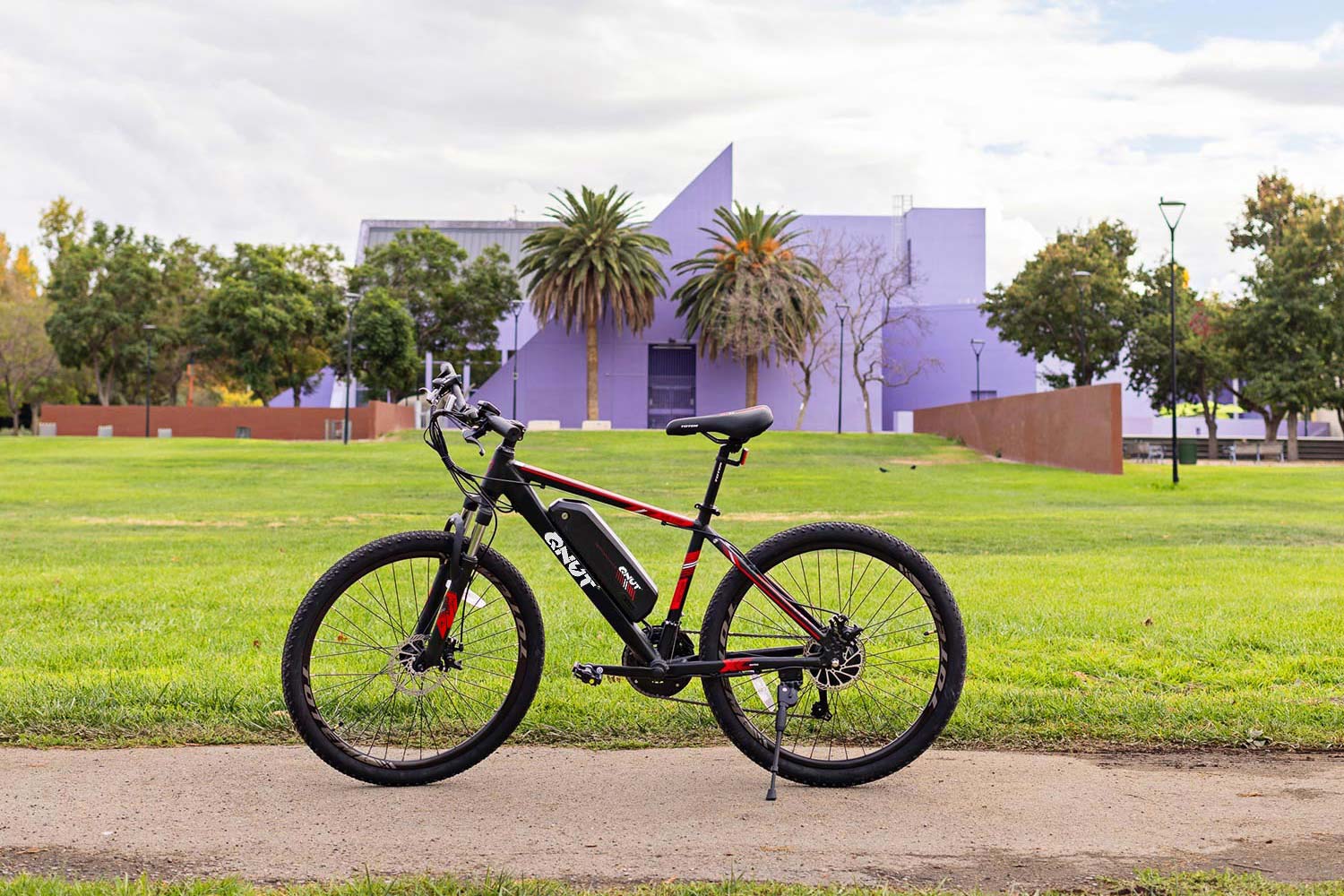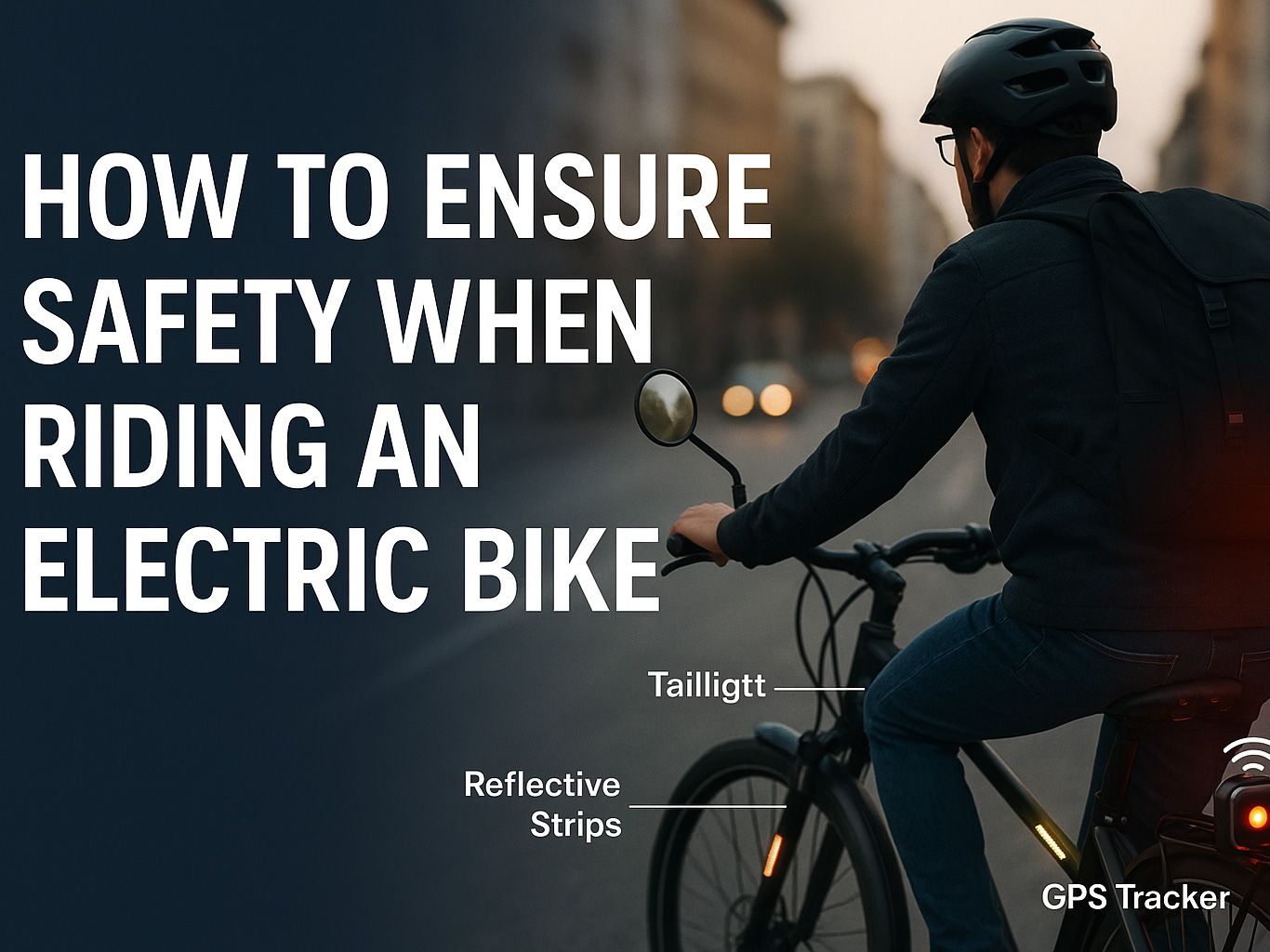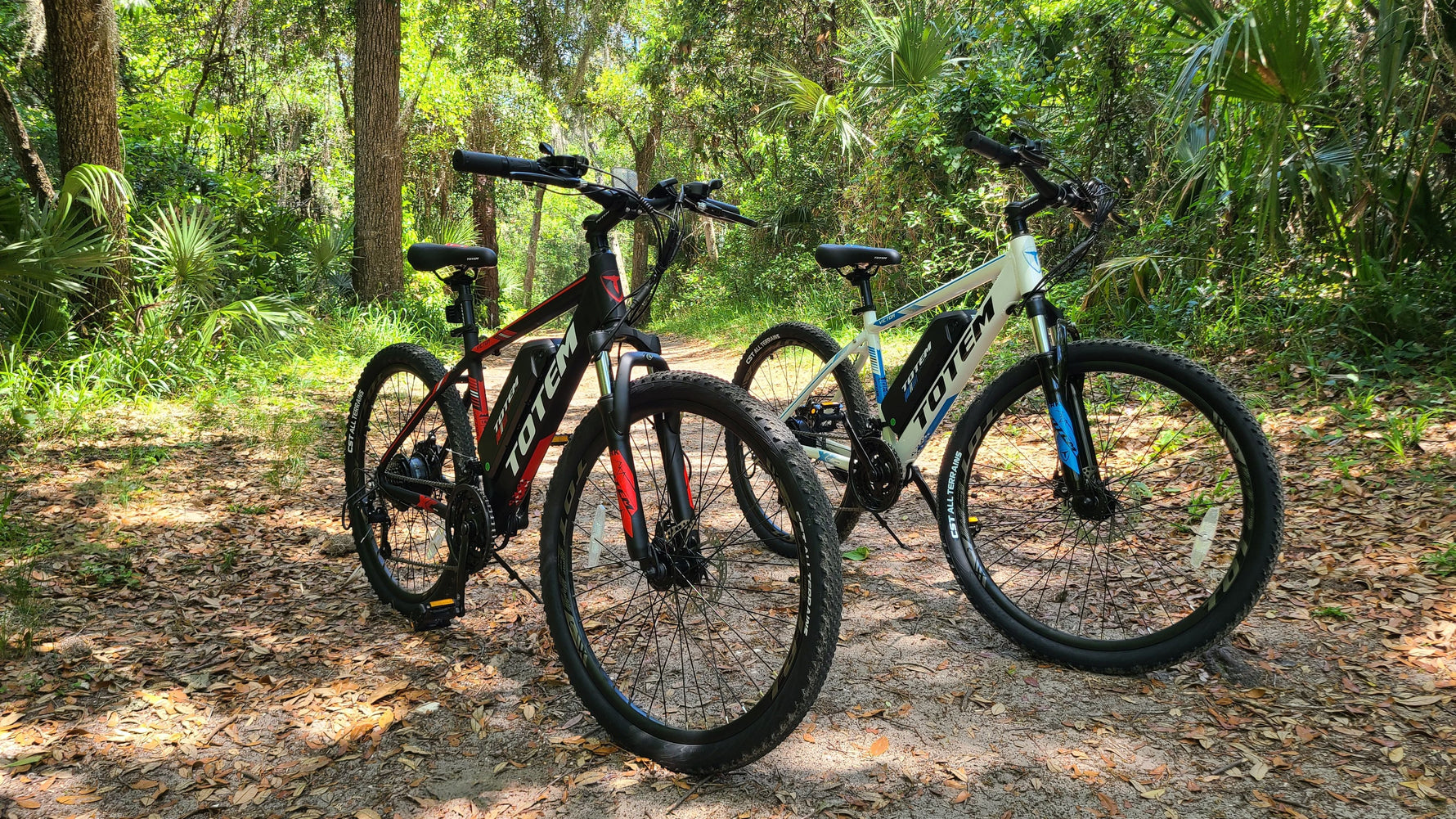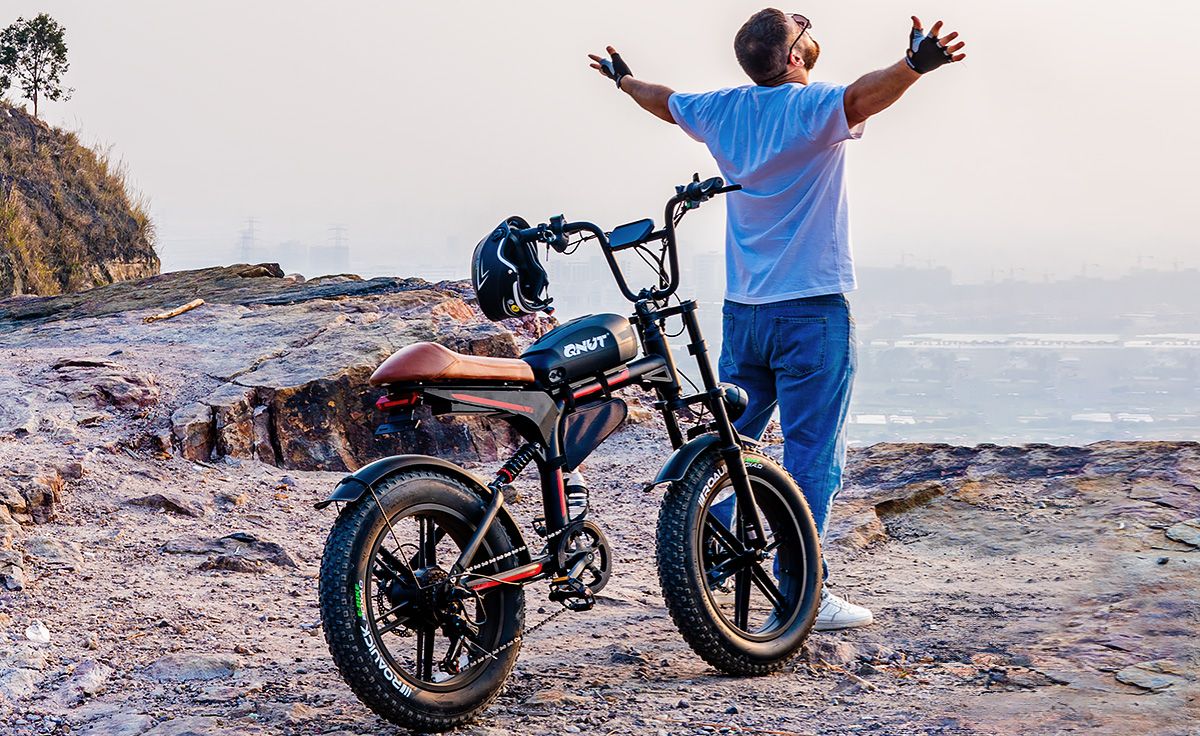Finally, the school or work week is over! When Friday afternoon hits, you probably feel like doing something fun and adventurous. Weekends are awesome because they're your time to take a break from the usual boring stuff and have some excitement.
Think about what makes your weekend awesome. Is it the adventure of exploring a tough trail out in nature? The excitement of finding cool, hidden spots right in your own town – like a hidden park or a great new place to eat? Or maybe it's just the simple freedom of riding around, feeling the breeze, and forgetting about homework or chores for a while.
Whatever it is, the weekend is ready for you to make the most of it! And now, with new technology, there are even cooler ways to spend your free time.
Electric bikes and motorbikes, among others, are becoming extremely popular forms of recreation. They're exciting and easy to use.
This guide will help you find the best electric motorbike you can buy for about $1,000 in 2025. Can make your weekends way more adventurous without you having to spend a ton of money.
Here’s what we’ll be discussing in this blog:
What Defines a Weekend Warrior and Why an Electric Motorbike?
Why $1,000 is the Magic Number for Weekend Fun in 2025
Affordable Electric Motorbike for Weekend Warrior
Top Activities for Your $1,000 Electric Motorbike
What to Look for in the Best $1,000 Electric Motorbike of 2025
2025 is the Year of the Electric Revolution
Conclusion: Gear Up and Ride
What Defines a Weekend Warrior and Why an Electric Motorbike?
When you hear the term "weekend warrior," you might picture super intense athletes. Basically, it's just about normal people who pack their workouts and fun into the weekend.
Many adults are weekend warriors. They fit in their main exercise, like 150 minutes of heart-pumping activity, mostly on Saturday and Sunday. Why do they do this? Usually, it's because weekdays are busy with school or work. That makes the weekend their best chance to get active and enjoy themselves.
Being a weekend warrior isn't about being a pro athlete. For most 'weekend warriors,' it just means they love doing their hobbies during their time off.
Is Being a Weekend Warrior Healthy?
And the good news is, research shows that weekend exercise gives you about the same health benefits as exercising throughout the week. So, being a weekend warrior is still good for you.
Electric Motorbikes for Weekend Fun
For people looking for fun weekend activities, an electric motorbike can be a great choice. Here's why:
Freedom to Explore: They let you ride further and explore new places easily, making adventures possible.
Super Fun to Ride: People often say riding them is exciting. Electric motors give you power right away, so speeding up feels smooth and quick.
Easier Than Gas Bikes: Electric motorbikes are often simpler than gas ones. They usually need less maintenance, you don't have to buy gas, and they make a lot less noise. This makes them less hassle and more fun.
Getting Outdoors: Want to go hiking or visit a park? An electric motorbike is a fun and easy ride to the start of the trail or other cool outdoor places.
Easy to Learn: Many electric motorbikes have simple "twist-and-go" controls, like a scooter. This makes them easy to ride, even if you've never been on a motorbike before. Perfect for just having fun on the weekend.
Better for Nature: Many people who love the outdoors also value the environment. Electric motorcbikes don't produce exhaust fumes (zero emissions), so they offer a cleaner and quieter way to enjoy nature.
Why $1,000 is the Magic Number for Weekend Fun in 2025
For lots of people who have fun on weekends, the amount of money they can spend shapes what activities they choose.
Affordable Electric Motorbike for Everyone
Costing around $1,000 dollars marks an important point. This price makes electric motorbikes something more people can afford compared to expensive models that cost thousands more.
Bikes in this price range usually offer a good balance. They have the features and power needed for weekend fun, but they don't cost too much. This suggests the makers focused on the basic functions and making the bike simple to handle. These bikes suit people looking for weekend excitement without spending a huge amount of money.
Built to Meet Most of Your Daily Needs
When paying about this much, buyers can expect features that make their weekend trips better. This could mean a battery lasting long enough for a day of riding around. The motor likely gives enough power for different ground types (like dirt paths or small hills).
Fat tires often appear on these bikes. These wide tires provide better balance and grip on surfaces like dirt or sand. That fits well for adventurous folks wanting to ride off paved roads.
Affordable Electric Motorbike for Weekend Warrior
Need a fun, affordable bike for weekend adventures in 2025? Need a bike that's affordable, works well, and is enjoyable? Check out the Qnutbike BK20. BK20 is a great pick if you're looking at electric motorbikes costing about $1,000.
Thinking about the perfect bike for weekend fun, the BK20 aims to be your best partner during your free time.
Versatile Fat Tires for All-Terrain Exploration
The bike also has strong, wide tires (20x4.0 inches). These add to how useful the bike is.
These fat tires give you great balance and grip. They work well on many surfaces, like sand, snow, or the bumpy trails that adventurous weekend riders often like to explore.
Because of these tires, the BK20 lets you ride more places than just smooth roads. You can confidently explore the scenery on your weekends.
Reliable Battery Power for Day-Long Adventures
A dependable 48V 18Ah battery powers your trips, letting you travel about 68 miles on one charge. This means you'll have enough power for a full day of weekend exploring. You won't have to keep worrying about the battery dying.
Want a short, relaxing ride with nice views or a longer adventure exploring local trails? The BK20's battery should last long enough for your weekend plans.
Simple Operation for Effortless Riding
Also, the BK20 focuses on being simple to use. It includes an easy-to-understand 3-level throttle mode and smooth 7-speed gears. Since it works simply, riders with any amount of experience can handle it.
You can get going quickly and just enjoy the ride instead of messing with confusing controls. People enjoying weekends value their free time. The BK20's simple setup helps you have the most fun with the least amount of trouble.
Practical Features for Enhanced Weekend Rides
The BK20 includes other helpful things too. You get a toolkit for carrying items you need. It has reliable disc brakes for safer stopping. Bright lights help others see you better on weekend rides early in the morning or late in the evening.
All these useful features show the BK20 makes a great partner for your weekend adventures.
Top Activities for Your $1,000 Electric Motorbike
The Qnutbike BK20, with its blend of features, opens a world of exciting possibilities for weekend warriors.
Imagine easily exploring local bike trails and parks. Its wide tires give you a smooth and steady ride, even when you go off paved paths onto rougher ground or dirt trails. This bike handles rough surfaces like dirt and gravel easily. That means you can get to cool secret spots and places with great views that are usually too tricky for a regular bike.
Access Your Favorite Outdoor Spots with Ease
Do you enjoy outdoor activities like hiking or fishing? The BK20 bike offers a fun and simple way to get to your favorite spots. Use it for short rides to the start of a trail, quick trips to the lake, or easy journeys to where you like to fish.
Getting your gear there is easy too. The electric motor helps make pedaling easier. Plus, the extra tool kit makes it easy to carry your gear.. Forget about the hassle of finding a parking spot for a car! Riding this bike is a more fun and energizing way to start your weekend adventure.
Enjoy Relaxing Scenic Rides
Sometimes, the best way to relax is just to take a slow, nice ride and enjoy the scenery. The BK20 is great for these kinds of easy rides through nice neighborhoods, along pretty beaches, or on special bike paths. The bike is comfortable to ride. Plus, the pedal assist helps you out, so you can enjoy the views and the fun of being outside without getting too tired.
Since this bike can do so many different things, it's ready for pretty much any kind of weekend adventure you have in mind. You're sure to have a fun and interesting experience every time you ride it.
What to Look for in the Best $1,000 Electric Motorbike of 2025
Looking for the best electric motorbike under $1,000 for 2025? Think about a few key things first. Knowing what matters will help you pick a bike that makes your weekend rides awesome.
Assess Motor Power and Performance
The power of the motor, typically measured in watts, is a crucial factor. The Qnutbike BK20 features a 500W motor, providing more than enough power for riding on flat terrain and steep mountain trails.
Evaluate Battery Life and Range
Battery capacity, indicated by voltage (V) and amp-hours (Ah), directly impacts the range of your electric motorbike. The BK20's 48V 18Ah battery offers a respectable range for day trips.
How far do you normally ride on weekends? Check that the battery is good enough for that distance. Remember, things like hills, your weight, and the power level you use can change the real-world range you get.
Examine Tires, Brakes, and Safety Features
Tire type plays a significant role in the riding experience. Thanks to its fat tires, the BK20 is stable and grips well on lots of surfaces. This makes it great for exploring trails or roads that aren't perfectly smooth.
We should not overlook brake safety. Make sure the electric bike you pick has good brakes. The BK20, for example, uses disc brakes for reliable braking in all types of weather.
Good front and back lights are also key so others can see you, especially if you ride early in the morning or late at night.
2025 is the Year of the Electric Revolution
How we get around is changing fast, and electric motorbikes are leading the way. Better battery tech means electric motorbikes now have longer ranges and run more efficiently.
This is great news for weekend warriors! It means that now in 2025, you can find actually good electric motorbikes, perfect for fun rides, at better prices.
Ride Green with an Eco-Friendly, Quiet Motor
Also, more people around the world realize that electric motorbikes are better for the environment. More people want to pollute less. Electric motorbikes let them have fun outdoors without worrying about harming the environment.
Electric motors are quiet. This helps riders feel more connected to nature because there's no loud engine noise like you get with gas bikes.
Convenient Charging Seals the Deal for 2025
Finding places to charge electric motorbikes is getting easier, making them more practical. Public charging stations are popping up more often.
You'll find more public charging spots now. Plus, charging at home is super easy, so your electric motorbike is always ready for your next weekend adventure.
So, 2025 is a great year for weekend warriors to go electric! Bikes like the Qnutbike BK20 show there are affordable, good options for fun and eco-friendly weekend rides.
Conclusion: Gear Up and Ride
For the weekend warrior, the quest for thrilling and accessible recreation finds a perfect ally in the electric motorbike.
Electric motorbikes offer freedom, fun, and are better for the environment, changing how we enjoy our weekends. Now in 2025, you can find good ones for around $1,000, which is a great deal for a capable bike.
The Qnutbike BK20 is a perfect example of a great bike in this price range. It has a smart design and lots of features perfect for weekend fun.
Why the Qnutbike BK20 Shines
Its carbon steel frame offers unparalleled durability, while the fat tires ensure stability and grip on diverse terrains. Its dependable battery lets you go far enough for day trips. Plus, the easy-to-use controls mean almost anyone can ride it.
Want to explore local trails, get to outdoor spots, take relaxing scenic rides, or just cruise around town? The BK20 is a great partner for all your weekend plans.
Your Electric Adventure Awaits in 2025
More and more, getting around is going electric. So, 2025 is the perfect time to get an electric motorbike and feel how fun they are to ride! Your weekend adventure awaits, and the right electric motorbike is ready to take you there.













